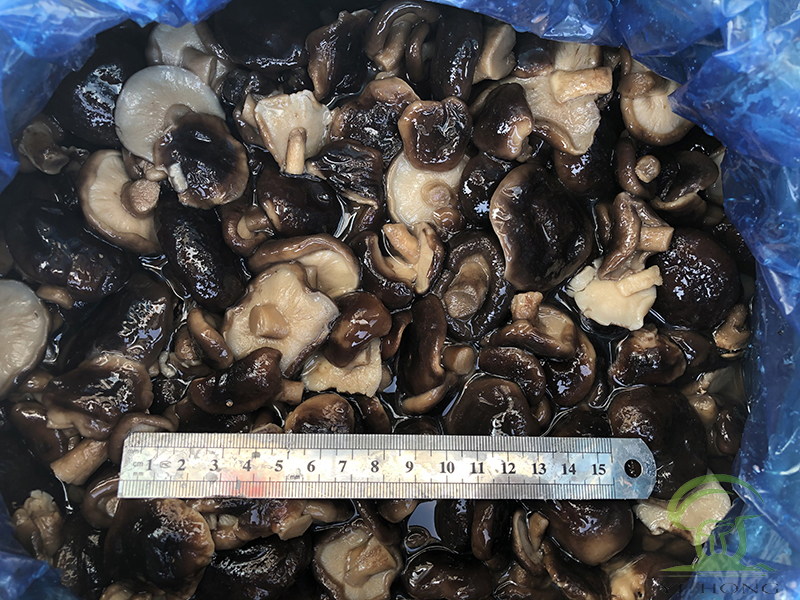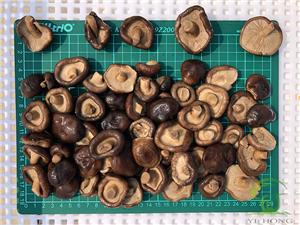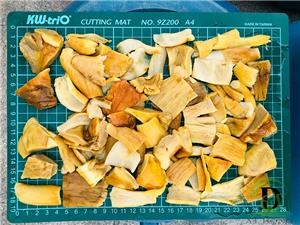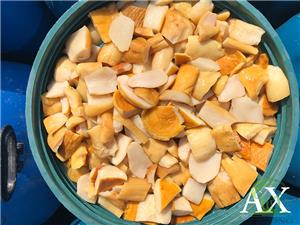Factors Affecting the Production and Processing of Brined Shiitake Mushroom
The production and processing of brined shiitake mushroom is not simple pickling and preservation, but a process that must be precisely controlled from the source planting to the final packaging. In this process, it is necessary not only to balance the flavor, taste and shelf life of shiitake mushrooms, but also to meet food safety standards and market needs. The detailed processing of every link will affect the final quality and safety of brined shiitake mushroom.
The quality of raw materials will directly determine the quality of brined shiitake mushroom, so it is necessary to pay attention to the selection of shiitake mushroom varieties and the planting environment. When choosing varieties, priority should be given to varieties suitable for salting, such as those with thick caps, tight fleshy flesh, and delicate fibers. Avoid choosing varieties with thin caps and easy to break to prevent loose taste after processing. And the selected varieties are preferably salt-resistant and can maintain stable morphology during the salting process, which can reduce problems such as cracking of the cap and softening of the stipe. In terms of planting environment and management, the temperature, humidity, light and ventilation of the planting greenhouse can be controlled to allow shiitake mushrooms to grow evenly and reduce deformed mushrooms. In the prevention and control of pests and diseases, biological control or low-toxicity biological pesticides can be used to strictly control agricultural residues and prevent late detection from exceeding the standard. Harvesting when the mushroom fruiting body is fully mature is the best time. At this time, the water content is moderate, the flavor is fully accumulated, and the taste is best after salting. If the cap is overripe, it is easy to open the umbrella, the meat is loose, and the flavor will be insufficient if it is too tender.

Salting is an important processing step, and it is necessary to balance freshness, taste and safety through technical means, including processing specifications, salting parameter control and packaging. After the shiitake mushrooms are harvested, impurities and soil from the mushroom handle should be removed immediately, and quickly rinsed with flowing water. However, it is necessary to avoid nutrient loss caused by prolonged soaking. If necessary, use a soft brush to gently brush the dirt at the folds of the mushroom cap so that the shiitake mushrooms have no remaining impurities. Then grade according to size and shape, and the specifications of the brined shiitake mushroom in the same batch should be the same to ensure the uniformity of salting. In terms of salting parameter control, gradient salting method can be used, which is more conducive to stable quality. First soak the shiitake mushrooms in 5%-8% low-concentration brine for 1-2 hours, slowly dehydrate and initially sterilize the mushrooms, and then transfer to 18%-22% high-concentration brine to completely submerge the shiitake mushrooms in the saline solution to prevent oxidation and deterioration caused by air residues. When salting, the temperature is controlled at 20-25℃, and the salting time is adjusted according to the specifications to allow the salt to penetrate evenly and the salt content is up to standard. Microbial contamination also needs to be avoided during the salting process. Food-grade preservatives can be added or pasteurization can be used to assist in preservation, but the dosage needs to be strictly controlled to balance safety and taste. In the process of desalination and seasoning, if you produce low-salt products, you need to use water gradient desalination to the target salinity, and you can also add sugar, spices, etc. for seasoning, but you also need to use homogenization technology to make the flavor uniform. Before packaging the brined shiitake mushroom, it needs to be vented and compacted, so that the brined shiitake mushroom is completely immersed in salt water to avoid oxidation and discoloration. After sealing, remember to mark the batch, production date, and shelf life for easy traceability.
- Company News
- Industry News
- Product News
- Video




